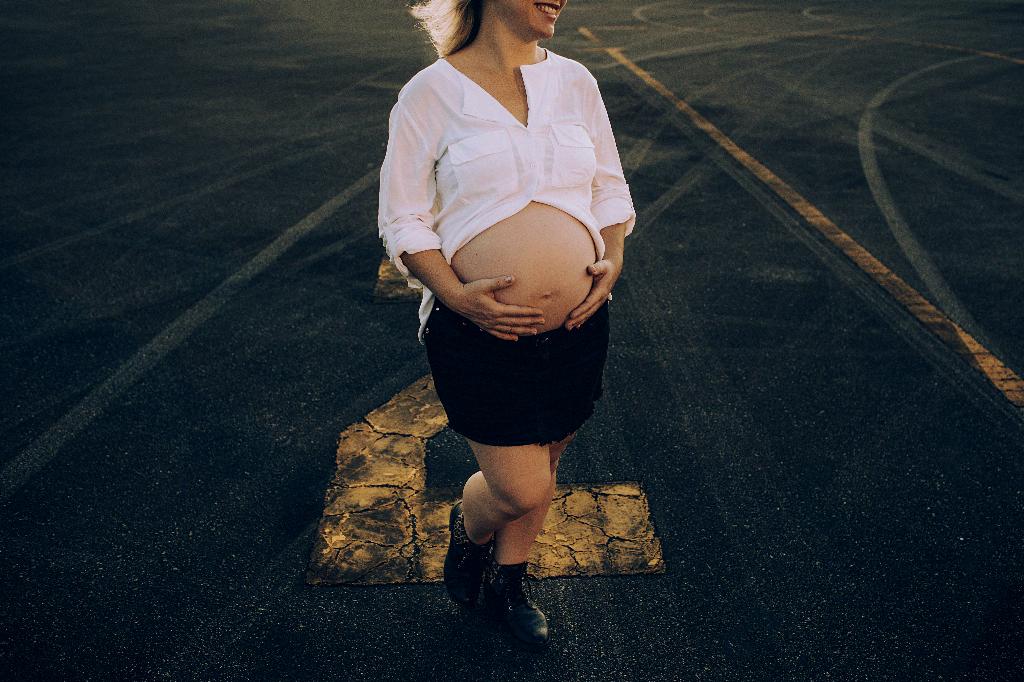When it comes to the early signs of pregnancy, many women wonder precisely how soon they may start to experience symptoms that indicate they are expecting. The experience of pregnancy symptoms can vary from person to person, and while some may notice changes right away, others may not observe any signs until a few weeks into their pregnancy journey.
Week 1-2: Hormonal Changes Begin
During the first and second weeks following conception, the body starts to produce pregnancy hormones such as human chorionic gonadotropin (hCG) and progesterone. These hormonal shifts can lead to early symptoms like bloating, headaches, and fatigue. These signs, although subtle, may be some of the first indicators that conception has occurred.
Week 3-4: Increased Blood Production
By the third and fourth weeks of pregnancy, the body begins to ramp up its blood production to support the growing fetus. This increase in blood volume can lead to symptoms such as frequent urination, fatigue, and even slightly lower blood pressure. For some women, these changes mark the onset of their awareness that they may be pregnant.
Week 5: Missed Period
One of the most common and widely recognized early pregnancy symptoms is a missed period. Around week 5, when a woman would typically expect her menstrual cycle, the absence of a period may be a clear indication that she is pregnant. However, it is essential to consider other symptoms alongside a missed period to confirm pregnancy.
Week 6-8: Nausea and Breast Tenderness
Between weeks 6 to 8, many women start experiencing classic signs of pregnancy like morning sickness, nausea, and breast tenderness. These symptoms often intensify during this time, as the body continues to adjust to the hormonal changes brought on by pregnancy. Nausea, particularly in the morning, can be a tell-tale sign for many expectant mothers.
Week 9-12: Fatigue and Mood Swings
As the first trimester progresses, fatigue and mood swings can become more pronounced. Many women find themselves feeling exceptionally tired during weeks 9 to 12, as their bodies work tirelessly to support the developing baby. Additionally, hormonal fluctuations can lead to noticeable mood changes, causing some women to feel more emotional or irritable than usual.
Week 13-16: Visible Baby Bump
During weeks 13 to 16, some women may start to notice a visible baby bump appearing as the uterus expands to accommodate the growing fetus. This physical transformation can be an exciting milestone for many expectant parents, as it signifies the tangible progression of their pregnancy journey.
Week 17-20: Quickening Sensation
Between weeks 17 and 20, some women may experience the sensation of quickening, which refers to the first movements of the baby in the womb. This fluttering feeling can be incredibly reassuring for expectant mothers, as it provides a direct connection to the life growing within them and serves as a poignant reminder of the impending arrival of their little one.
Week 21-30: Increased Appetite and Braxton Hicks Contractions
As the second trimester unfolds, many women find themselves experiencing an uptick in appetite and cravings for specific foods. Additionally, Braxton Hicks contractions, which are often described as practice contractions as the body prepares for labor, may start to occur during this time. These physical changes are essential parts of the pregnancy journey and indicate the healthy progression of the baby’s development.
Week 31-40: Final Stretch and Preparation for Birth
In the final weeks of pregnancy, as expectant mothers enter the third trimester, the focus shifts towards preparing for the impending birth. Physical discomfort, increased pressure on the pelvis, and Braxton Hicks contractions may become more frequent as the body readies itself for labor. This period is crucial for finalizing birth plans, packing a hospital bag, and mentally preparing for the arrival of the baby.

